What Questions To Ask When Buying A Cemetery Plot?
Purchasing a cemetery plot is a significant and often emotional decision that requires careful consideration. Whether you're planning ahead or dealing with the loss of a loved one, understanding the process and the associated costs is crucial. Many factors come into play, such as location, cemetery regulations, and long-term care. In this comprehensive guide, we will explore the essential questions you need to ask when buying a cemetery plot, ensuring you make an informed and respectful choice.
1. What Are the Costs Involved? 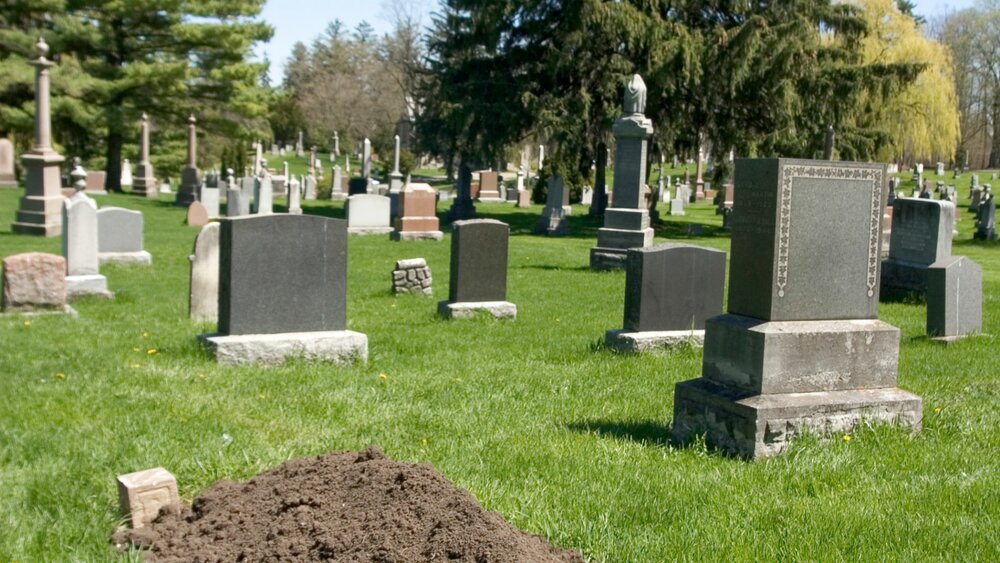
When buying a cemetery plot, one of the first and most important considerations is understanding the total cost. The expenses associated with cemetery plots can vary widely depending on location, type of plot, and additional services.
- Plot Price: The initial purchase price of a cemetery plot can range from a few hundred to several thousand dollars. Prices typically depend on the cemetery's location, the plot's proximity to certain landmarks within the cemetery, and the type of plot (e.g., single, double, or family plots). It's essential to ask the cemetery for a detailed price list to compare options.
- Maintenance Fees: Many cemeteries charge perpetual care or maintenance fees. These fees cover the ongoing upkeep of the cemetery grounds, ensuring that the area remains well-maintained for future generations. Be sure to ask what these fees include and how often they are charged.
- Additional Costs: Beyond the plot price and maintenance fees, there may be other costs to consider. These can include fees for opening and closing the grave, which are often charged at the time of burial, as well as costs for headstone or monument installation, grave liners, and vaults. Understanding these additional costs upfront will help you avoid surprises later on.
2. What Are the Rules and Regulations? 
Every cemetery operates under a specific set of rules and regulations that can significantly impact your decision. Understanding these regulations before purchasing a plot is essential to ensure that the cemetery aligns with your needs and expectations.
- Monument Restrictions: Many cemeteries have specific rules regarding the type, size, and material of headstones or monuments. Some cemeteries only allow flat markers, while others permit upright monuments. Ask about any restrictions on the type of memorials that can be placed on the plot to ensure your wishes are met.
- Decoration Policies: Cemeteries often have strict policies regarding grave decorations, including flowers, flags, and other personal items. These rules can vary widely, with some cemeteries allowing only fresh flowers and others permitting more elaborate decorations. It's essential to understand these policies to avoid any misunderstandings or disappointments later on.
- Visiting Hours: Cemeteries usually have designated visiting hours, and it's important to know when you can visit the grave site. Some cemeteries have limited hours, especially during certain seasons, while others may be open to the public from dawn to dusk. Knowing the visiting hours will help you plan your visits appropriately.
3. What Are the Long-Term Considerations? 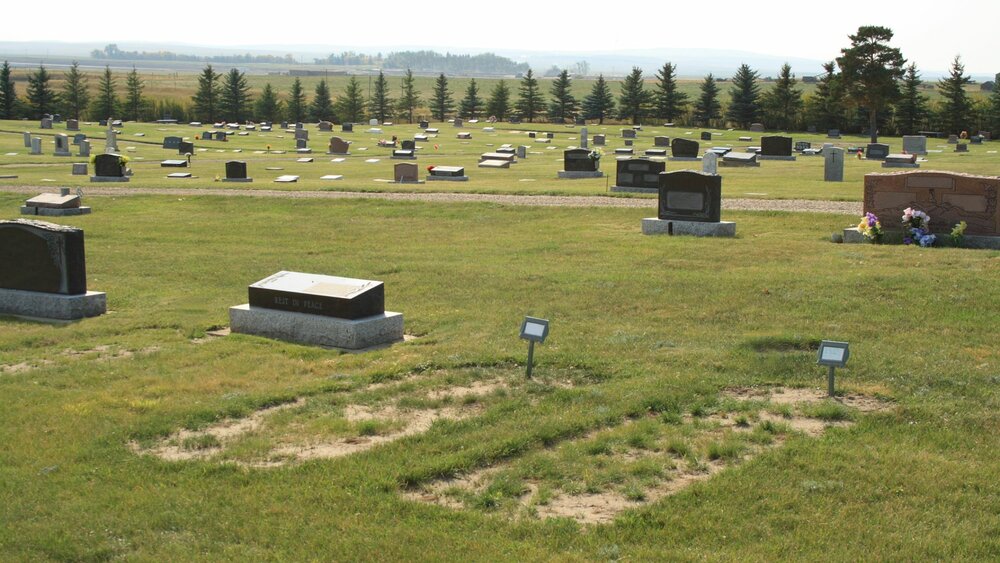
When buying a cemetery plot, it's crucial to think beyond the immediate purchase and consider the long-term implications. These factors can impact not only your decision but also future generations.
- Cemetery Longevity: How long has the cemetery been in operation, and what is its financial stability? Established cemeteries with a long history are often more reliable, but it's also important to consider whether the cemetery has the resources to maintain its grounds over the long term. Ask about the cemetery's financial health and whether it has a perpetual care fund to ensure continued upkeep.
- Plot Availability: If you plan to have multiple family members buried in the same cemetery, inquire about the availability of adjacent or nearby plots. Some cemeteries offer family plots, which can provide a space for future generations. Ensuring that there are plots available for other family members can bring peace of mind.
- Transferability: Life circumstances can change, and it's important to know if the cemetery plot can be transferred or sold if needed. Some cemeteries allow plot transfers, while others may have restrictions. Understanding the cemetery's policies on plot transferability will help you make a more flexible decision.
4. What Type of Cemetery Plot Is Right for You? 
When buying a cemetery plot, you will encounter several different types of plots, each with its own set of considerations. Understanding the options available will help you make a choice that aligns with your needs and preferences.
- Single Plot: A single plot is designed for one burial. This is the most common type of cemetery plot and is suitable for individuals who want a traditional burial space.
- Double or Companion Plot: A double or companion plot is designed to accommodate two burials, often side by side or in a single deeper plot. This option is ideal for couples or close family members who wish to be buried together.
- Family Plot: A family plot consists of multiple plots grouped together in one area of the cemetery. This allows several family members to be buried in close proximity, providing a dedicated space for family burials over multiple generations.
- Cremation Plot: For those who choose cremation, a cremation plot is a smaller space designated for burying cremated remains. Some cemeteries offer garden areas specifically for cremation plots, which may include spaces for memorial plaques or markers.
5. What Are the Alternatives to Traditional Cemetery Plots? 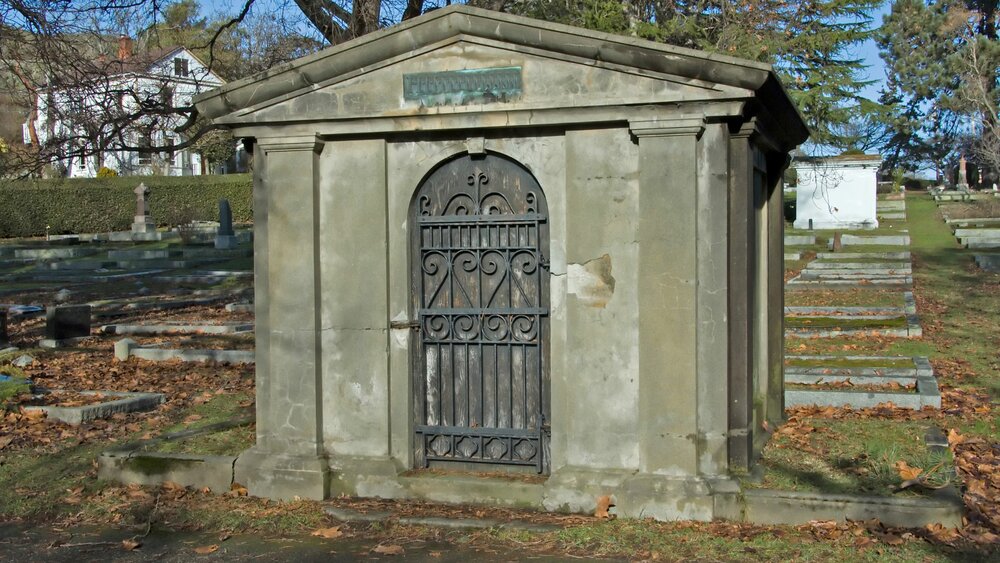
In addition to traditional cemetery plots, there are several alternative options available for those seeking different burial or memorial methods.
- Mausoleum: A mausoleum is an above-ground structure that houses burial chambers or crypts. This option is often chosen for its permanence and the protection it offers from the elements. Mausoleums can be individual, companion, or family-sized, and they may be located indoors or outdoors.
- Green Burial: Green burials are an eco-friendly alternative to traditional burial methods. In a green burial, the body is interred in a biodegradable coffin or shroud, without the use of embalming fluids, vaults, or non-biodegradable materials. This method is designed to minimize environmental impact and promote natural decomposition.
- Columbarium: A columbarium is a structure that houses cremation niches, where urns containing cremated remains are stored. Columbariums can be found within cemeteries, churches, or other memorial sites, and they offer a space-saving alternative to traditional burial plots.
Conclusion
Choosing a cemetery plot is a deeply personal and important decision that requires careful thought and consideration. By asking the right questions about costs, regulations, long-term implications, and available options, you can ensure that your choice honors your loved one and meets your family's needs.
For additional information - please call Willowbrook Cemetery. Our team can help you select a peaceful final resting place for your cherished one at our cemetery. You can contact us via this form or the number on this page.


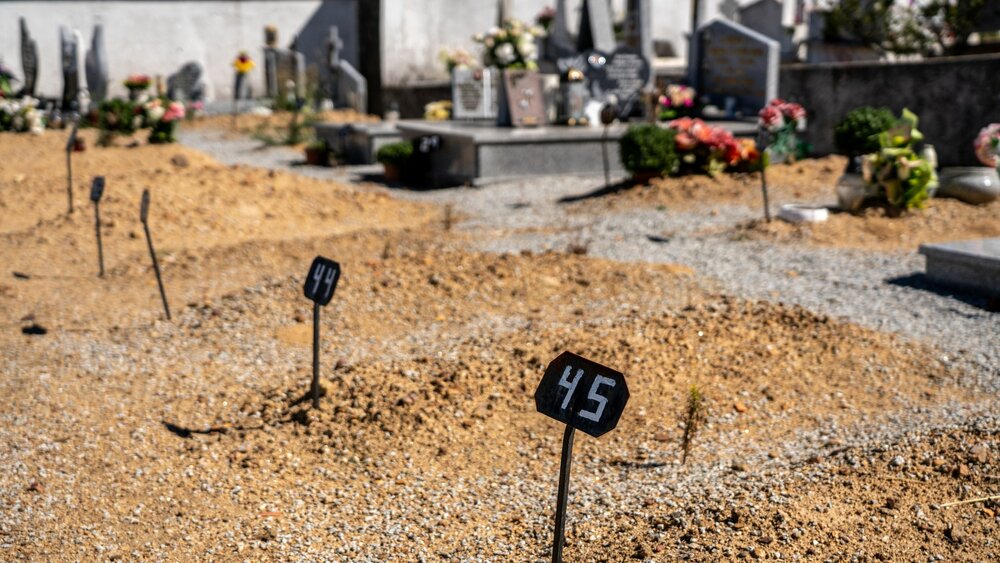

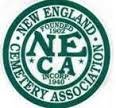
Comments